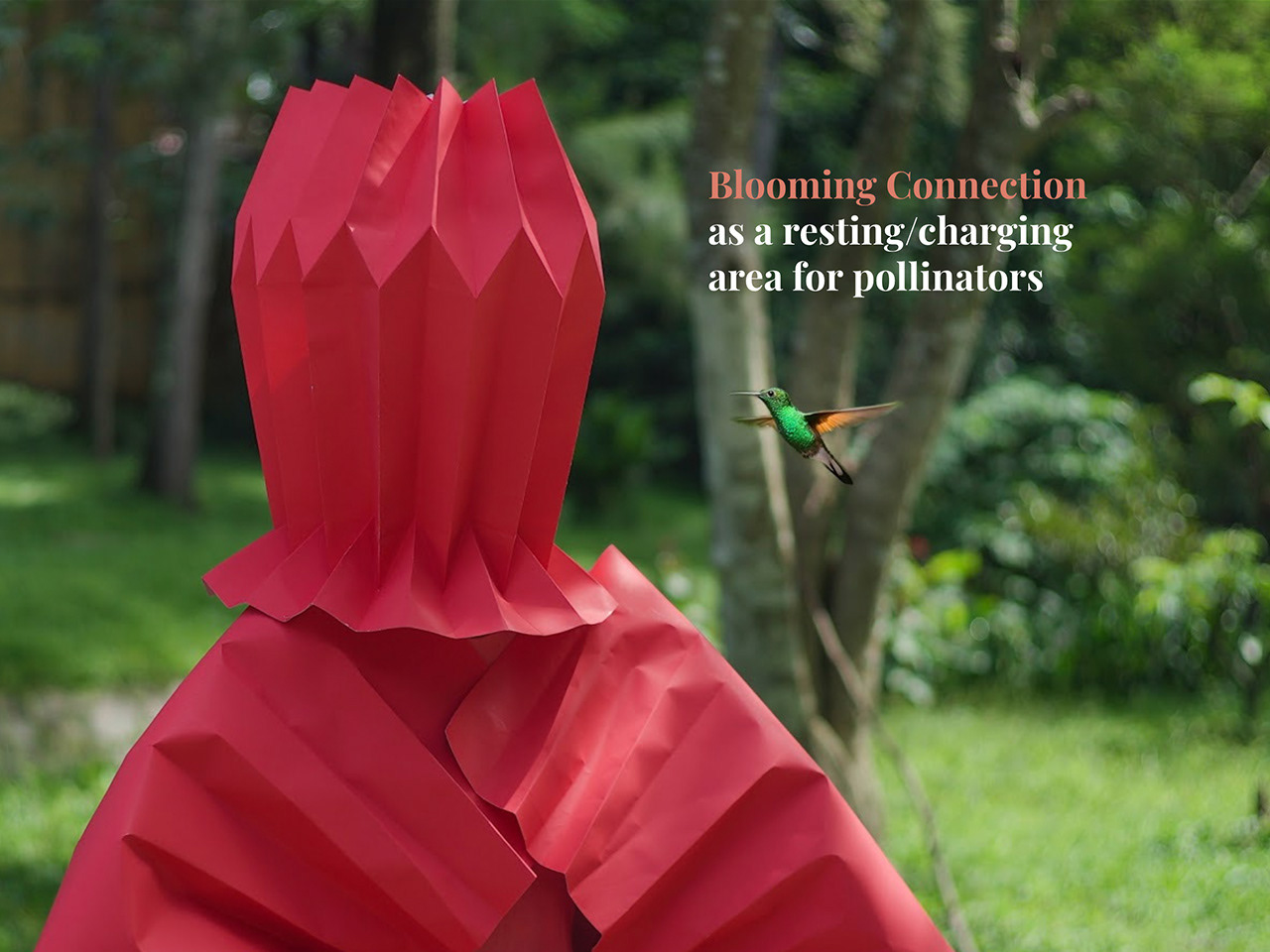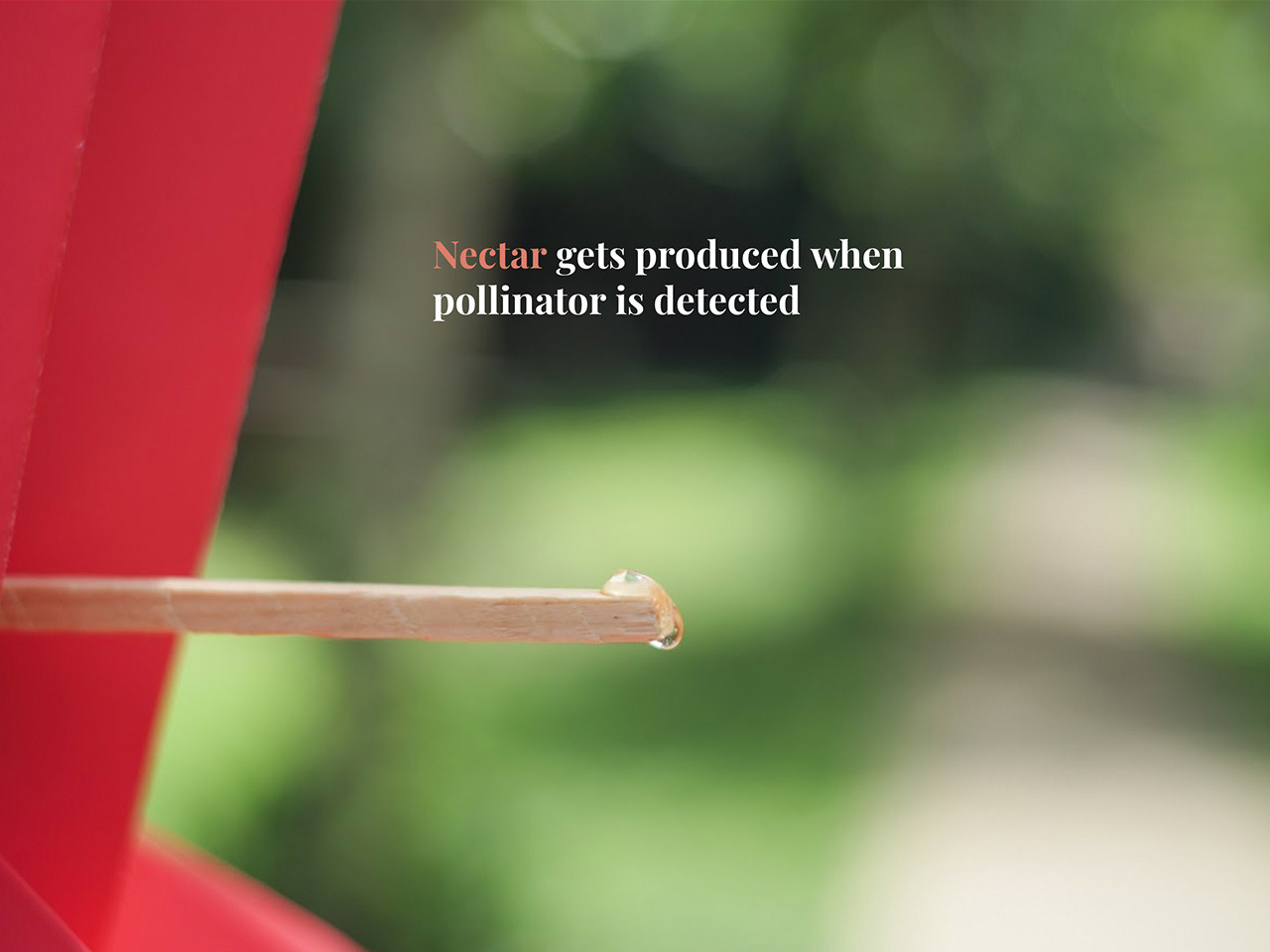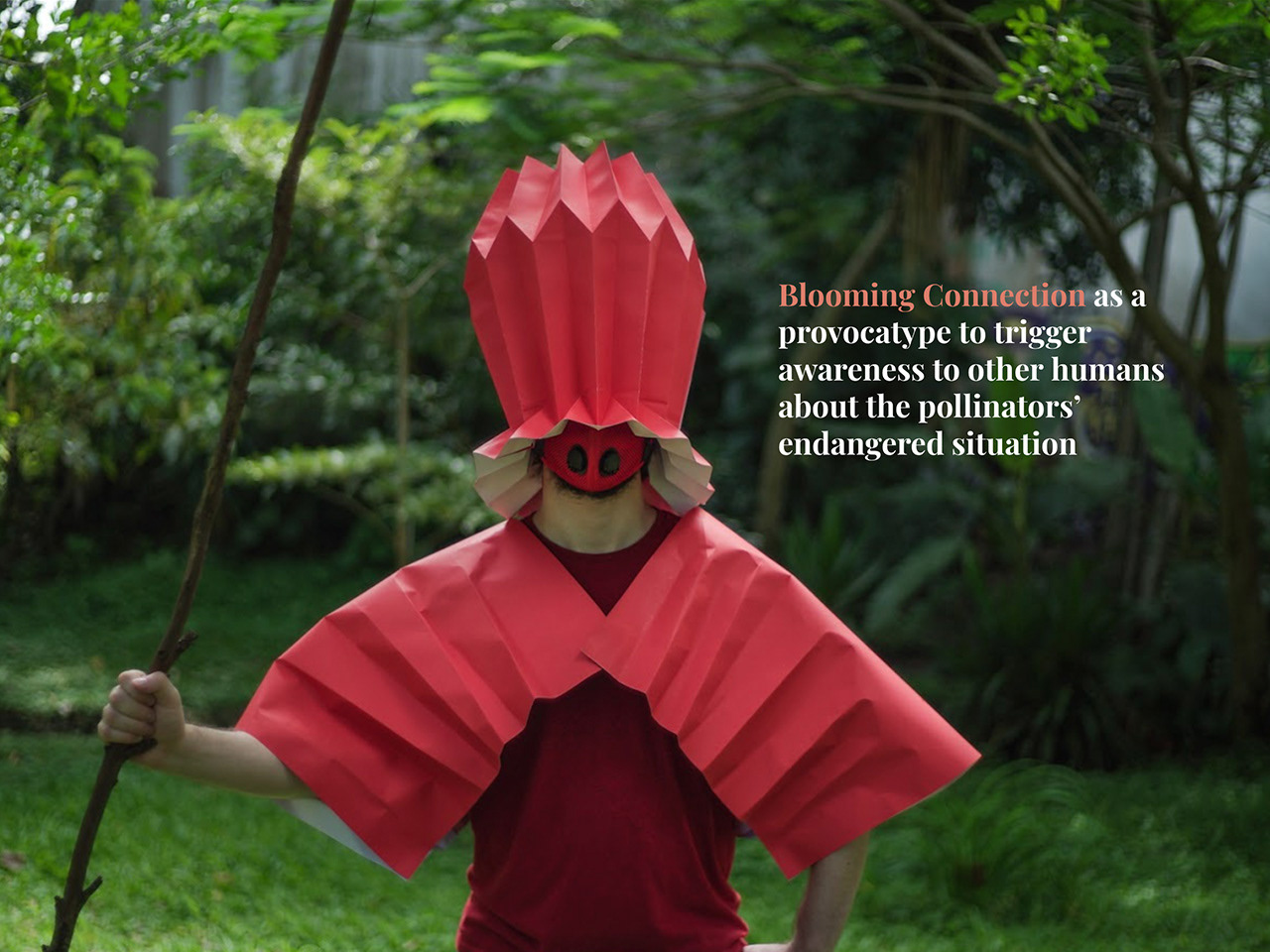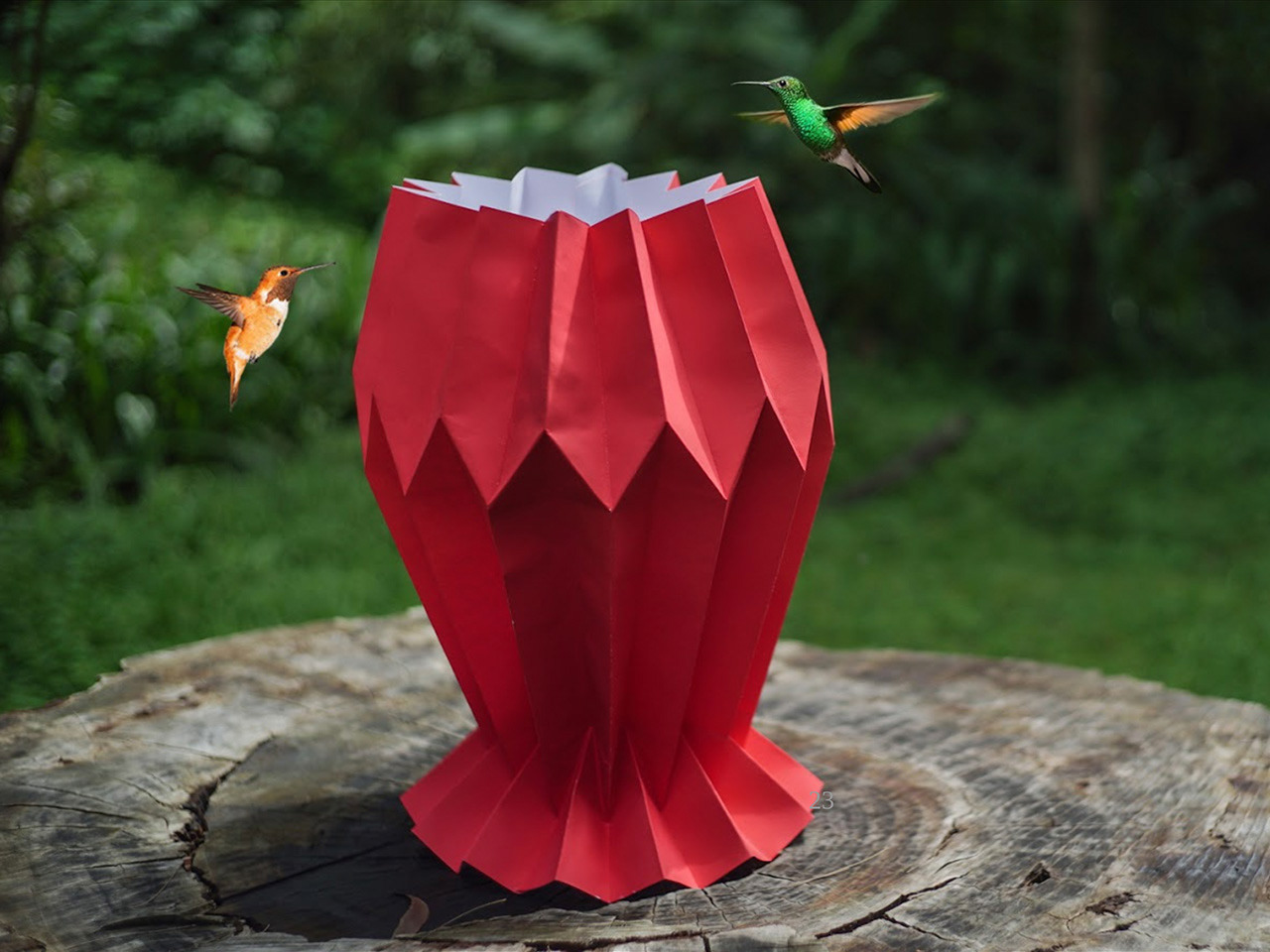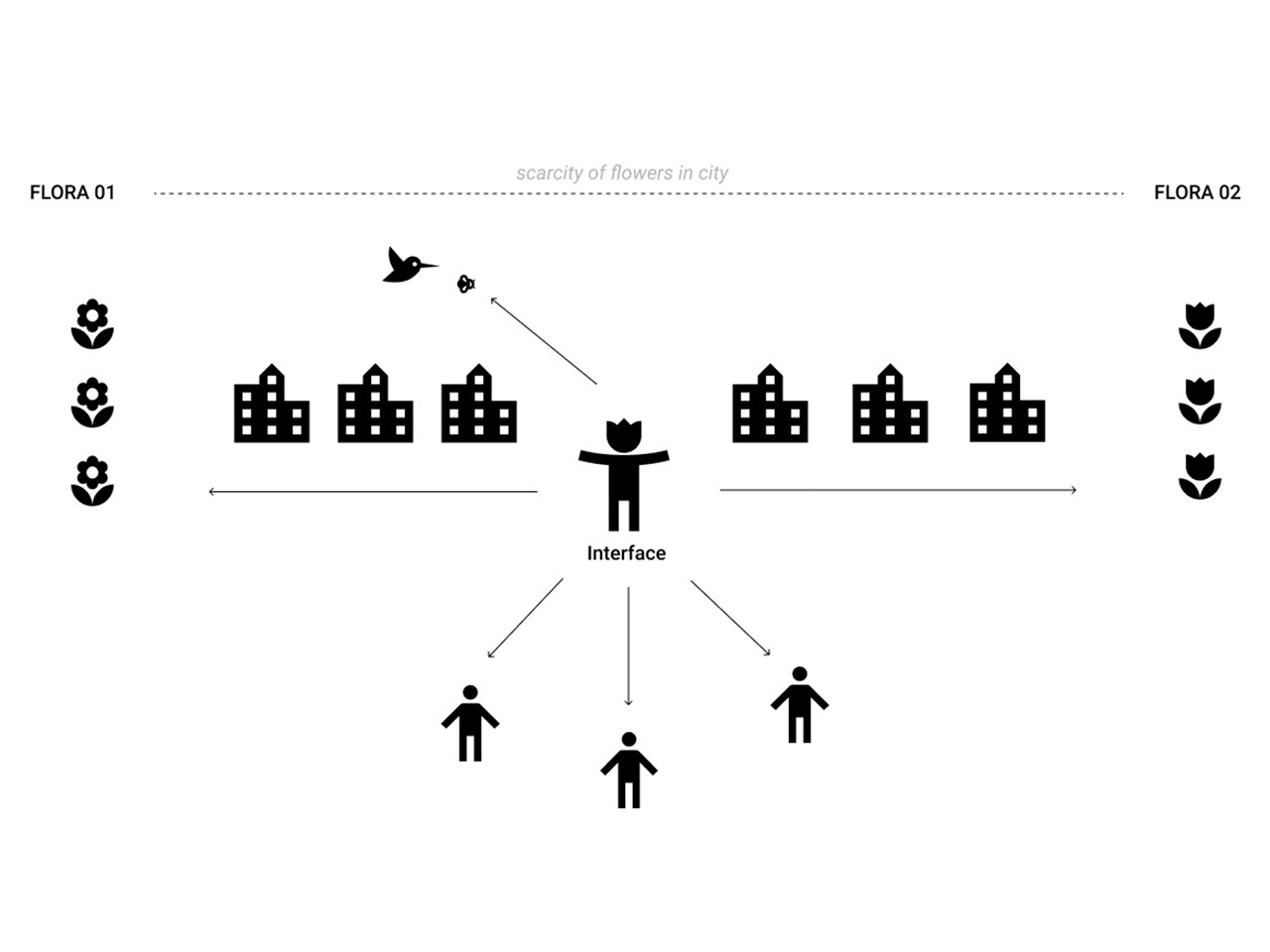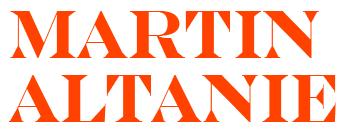Below are bunch of experiments and projects created at CIID (Copenhagen Institute of Interaction Design)
Interaction Design Program 2020 | Various courses
Experiment #01
Title: Bird Nest Generator
Course: Materials of Electronics
Team: Herin Haramoto | Martin Altanie | Norris Hung | Ooi Shin
Life drawings have always been a crucial tool for biologists dating back centuries. Not only does it force the observer to notice details they’d otherwise overlook, it also helps them to more deeply appreciate how nature works.
The Bird Nest Generator is a digital life drawing machine that studies the form of bird’s nests. The concept was informed from a nature walk through the rainforest, inspired by the rich biodiversity of bird species in the region.
By translating the form of a bird’s nest into a drawing through pencil, ink, a motor circuit, and controlled randomness, this project seeks to capture the organic motion inherent in a seemingly static object. It is a small study of how natural observation can remove the disconnect between nature and digital design.
This project was developed in one afternoon in a series of explorations into circuitry and biological inquiry.



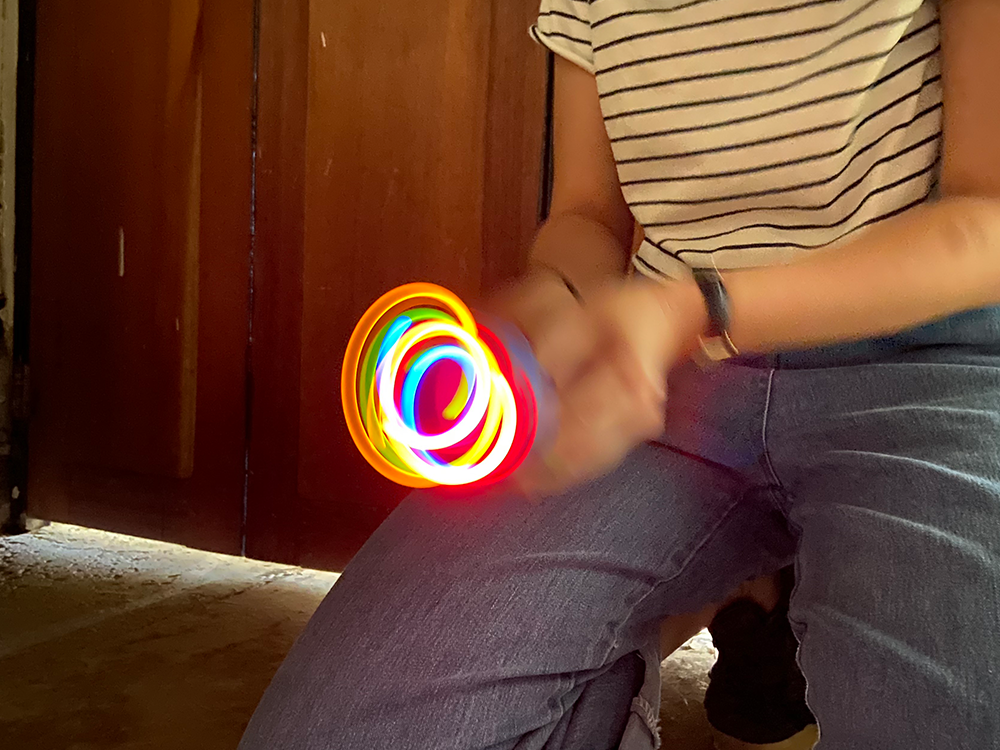
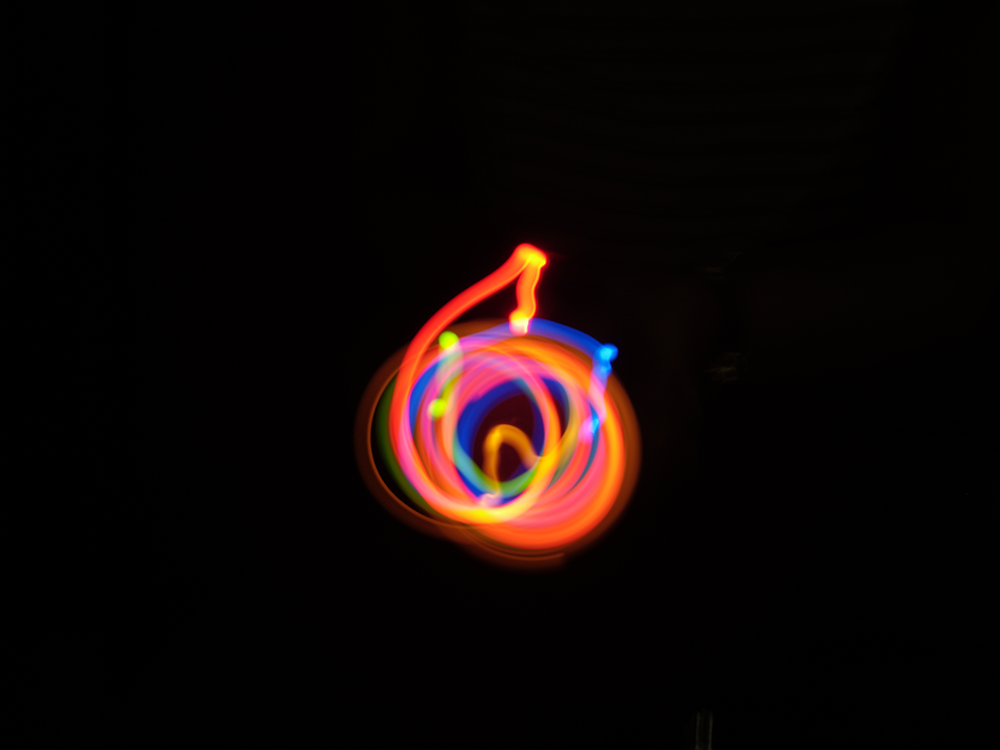
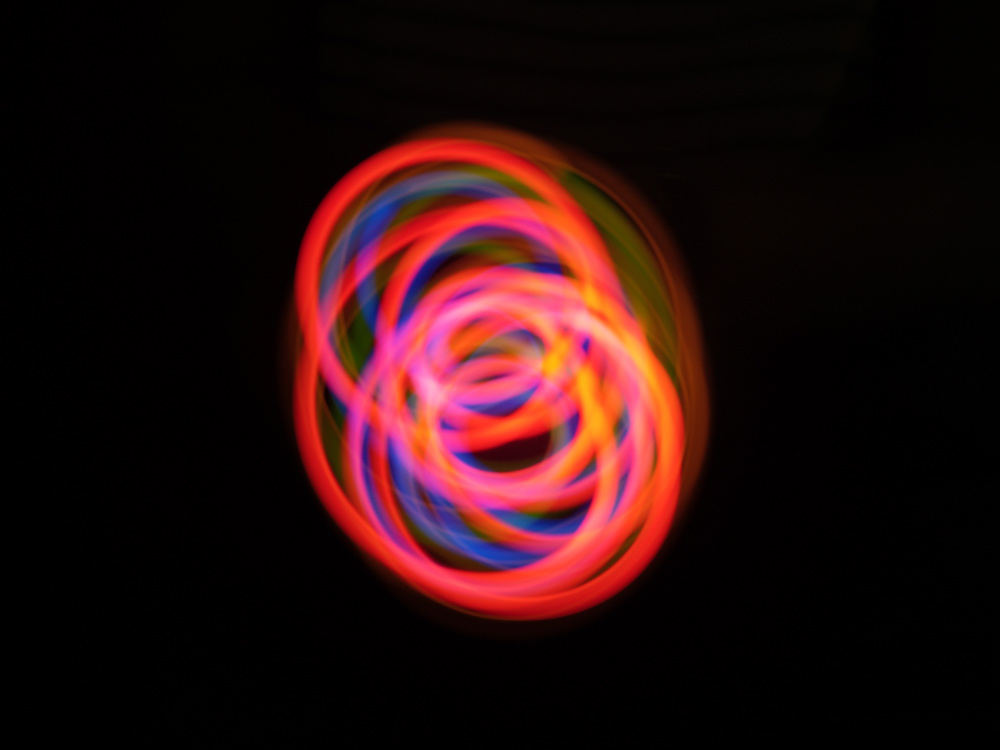
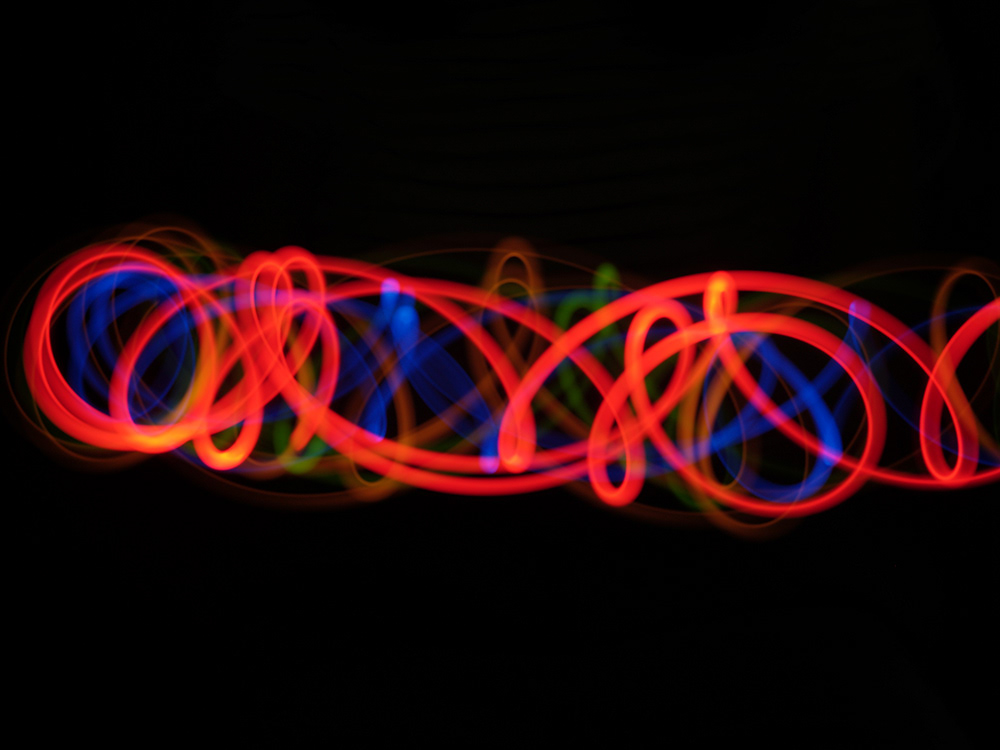
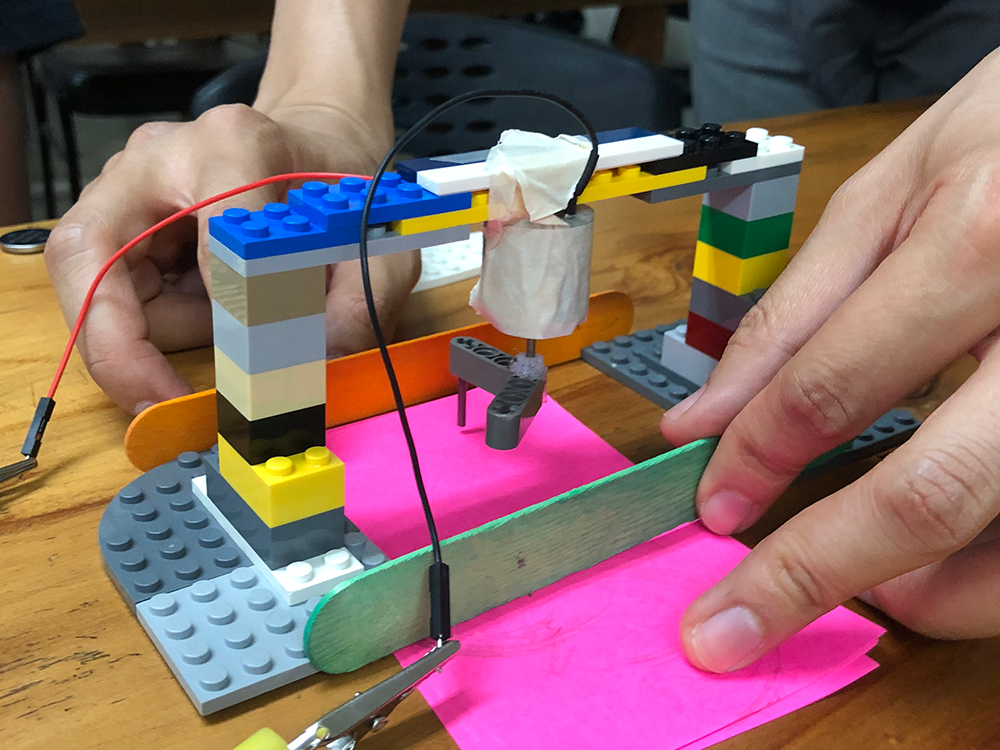

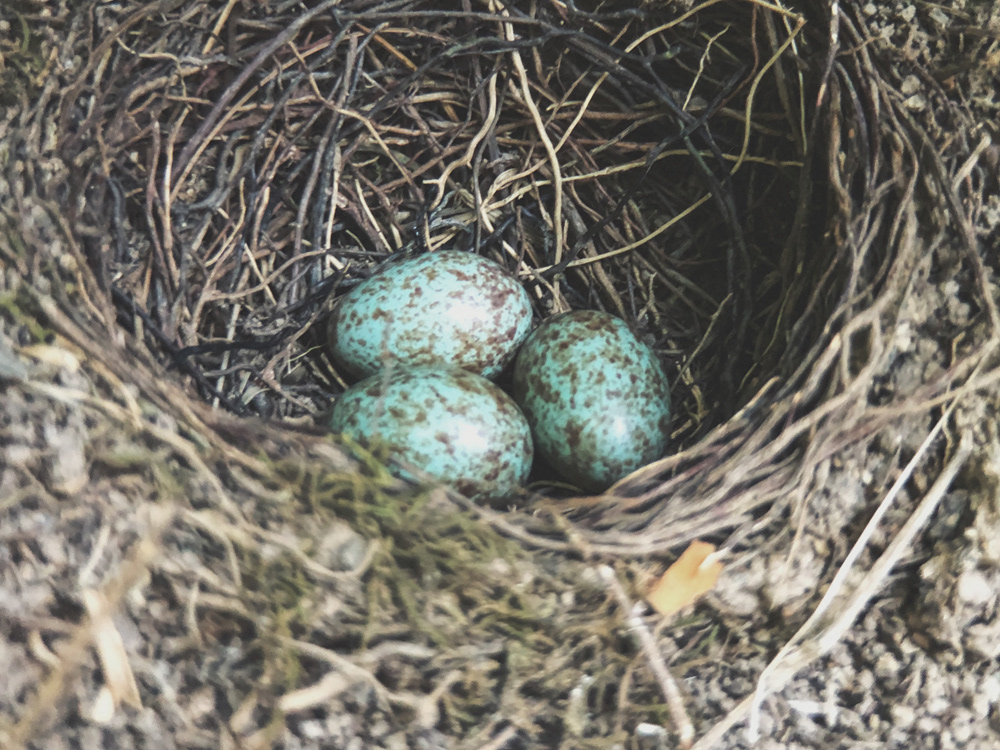
Experiment #02
Title: Various P5js Sketches
Course: Intro to Programming
Team: Martin Altanie (Solo Project)
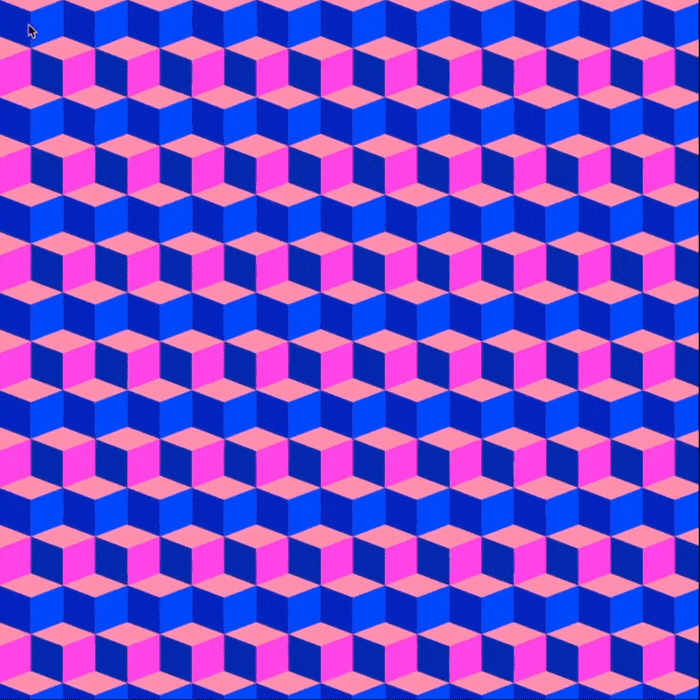

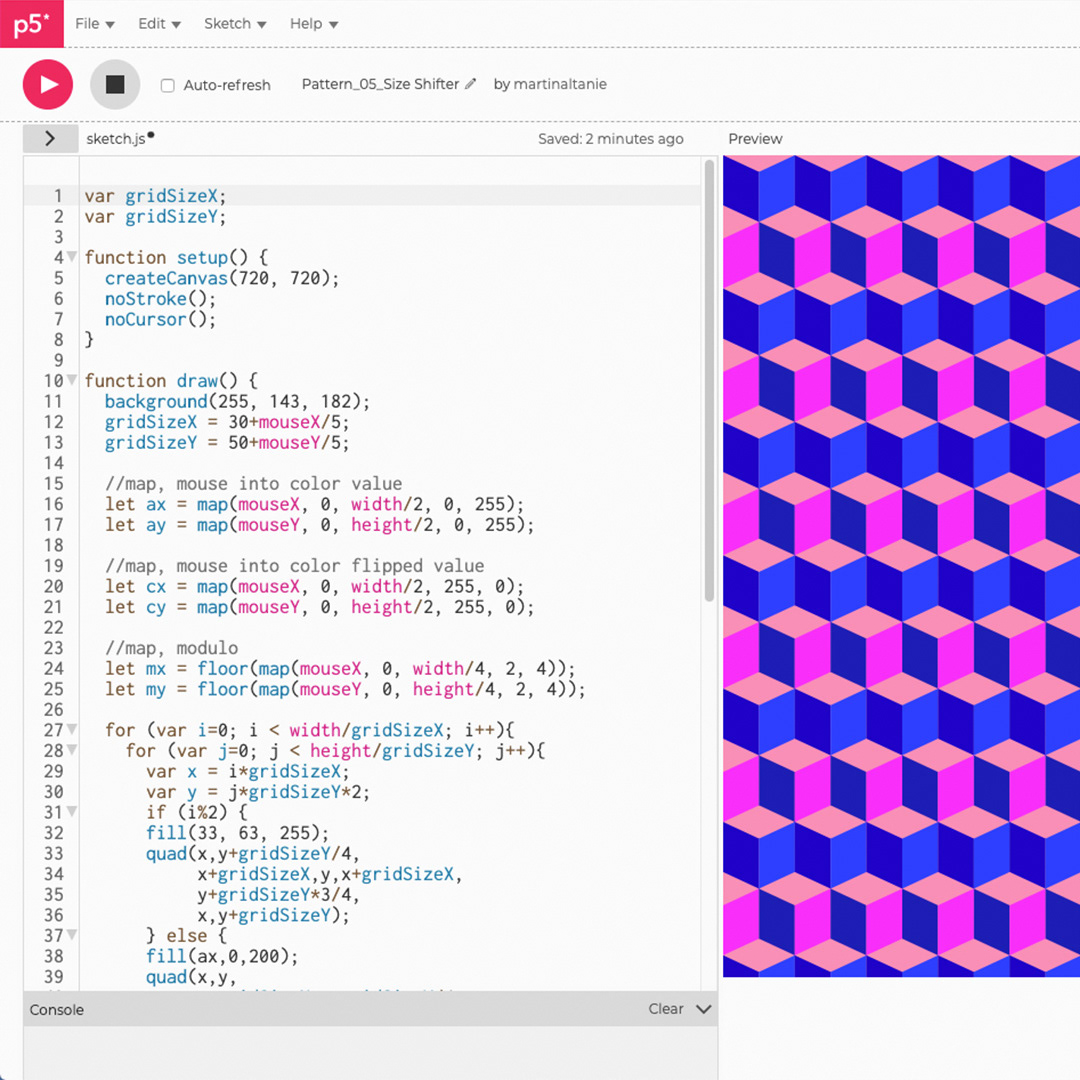


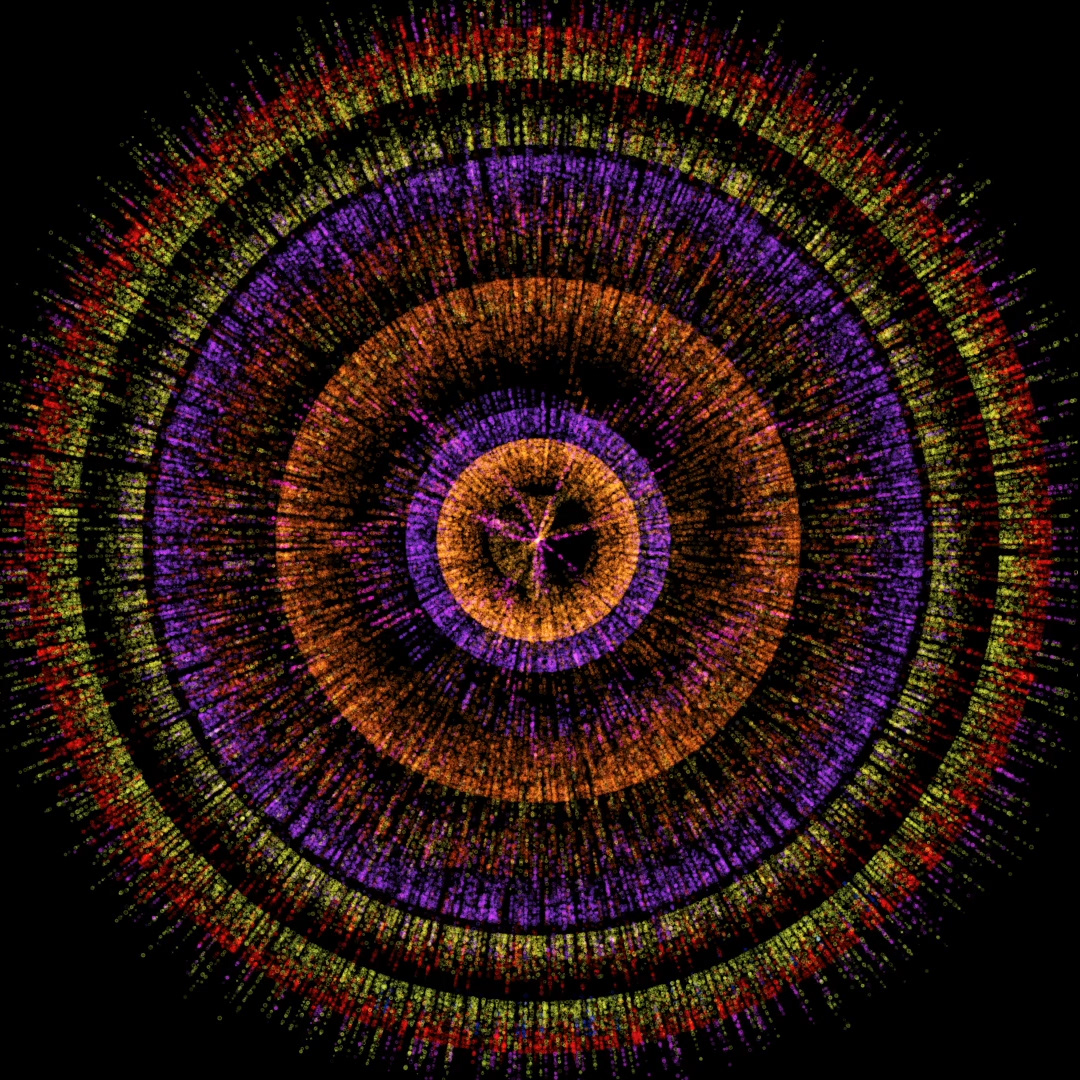
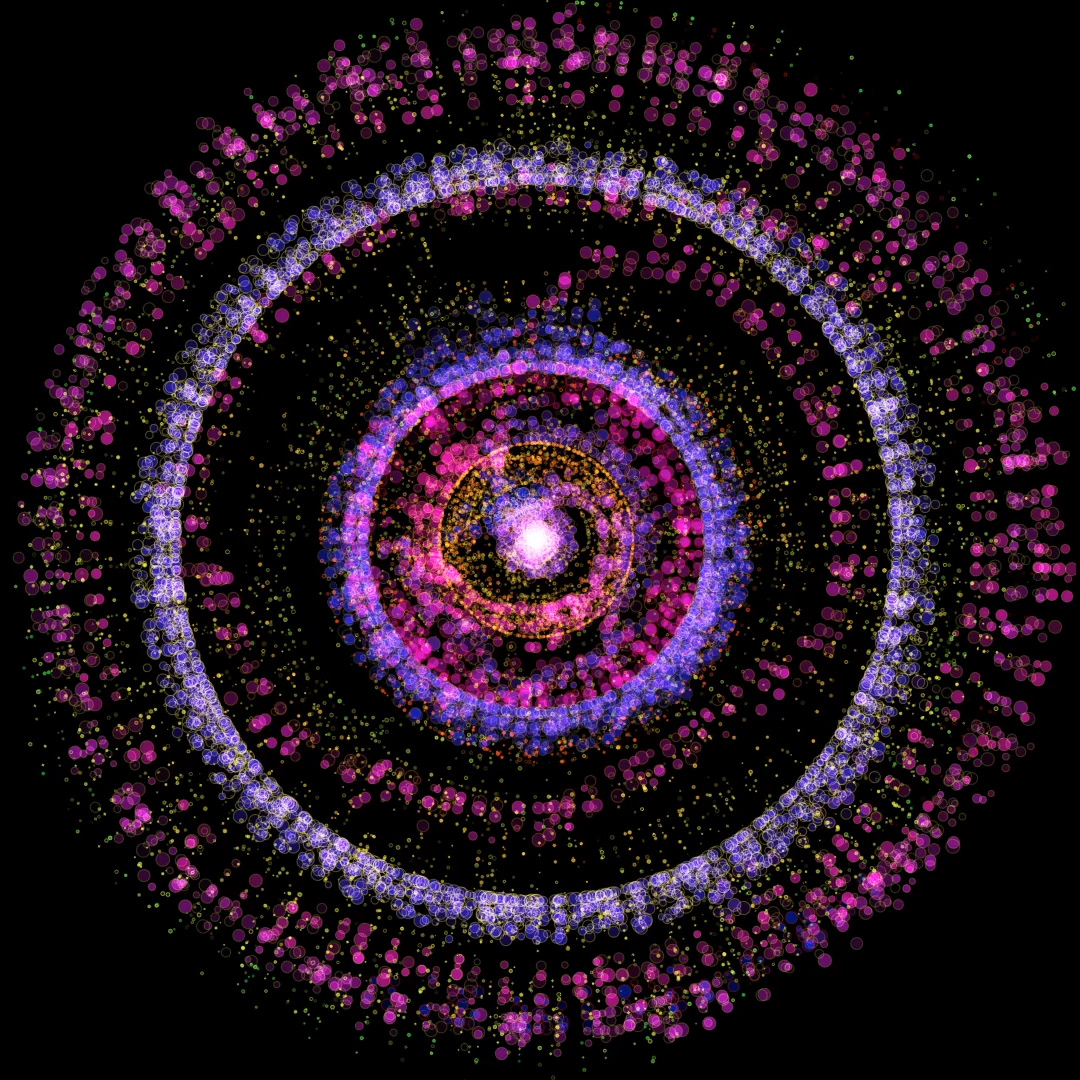
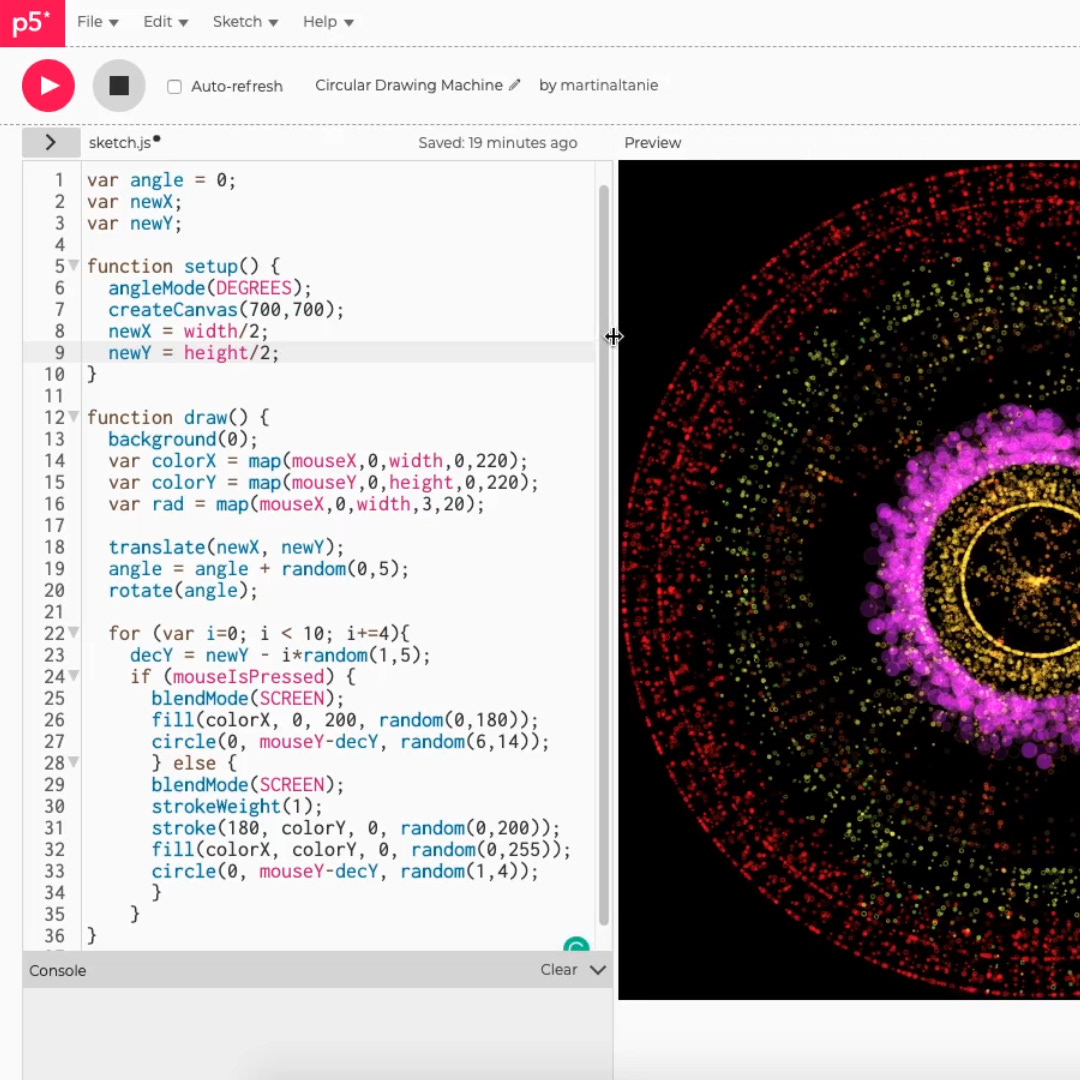

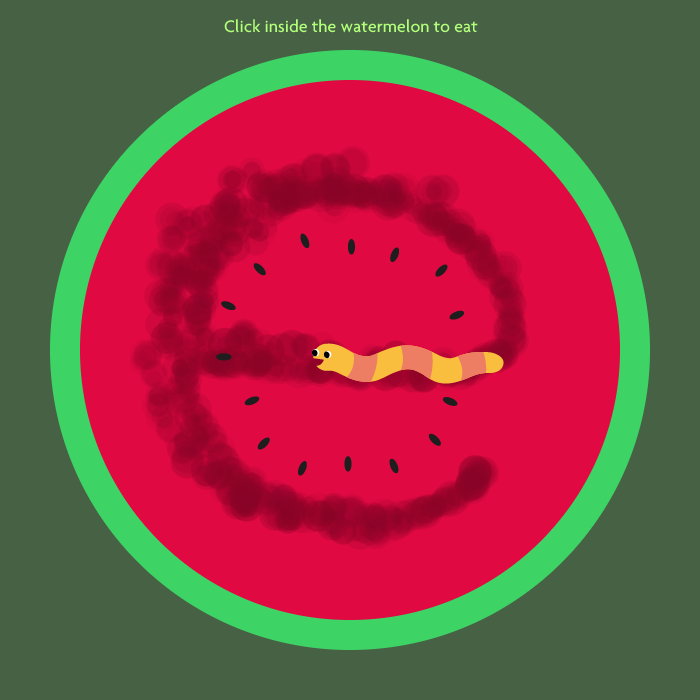
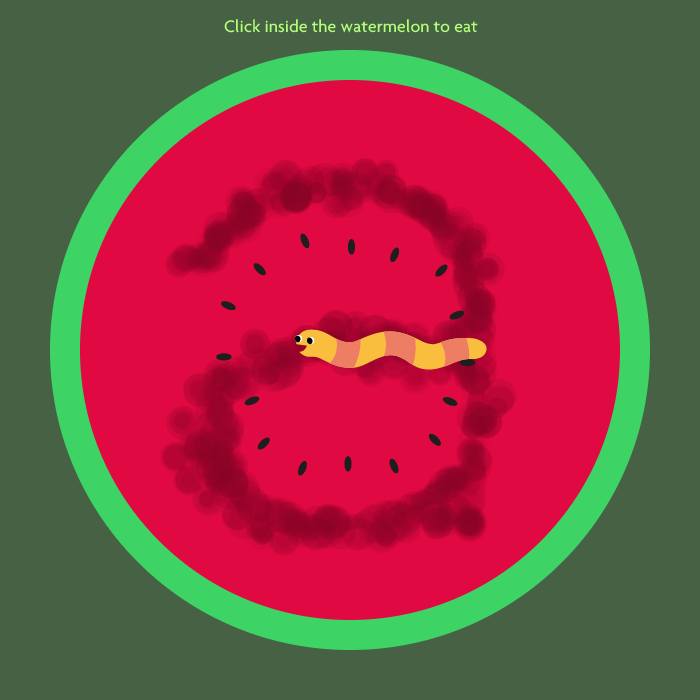

Experiment #03
Jose Chavarria's Projection Mapping Workshop
Tools: Resolume Arena, Processing, Arduino
Team: Nandita Nina Shenoy | Martin Altanie | Ooi Shin
One of the awesome thing about CIID is the peer-to-peer learning, where we can learn from our classmates that come from different backgrounds. One of our classmates, Jose Chavarria is a professional Visual Jockey and event visualizer. One fine weekend, he offered to teach us basic projection mapping using Resolume Arena, Arduino, and Processing. It was a really fun learning experience. We hooked up 4 piezo sensors onto Arduino Uno, and run the sketch through Processing to trigger colored arrows visual and Marimba notes. This sketch was displayed out using Resolume Arena onto a ceiling-mounted Epson projector.
Experiment #04
Title: Truth Hurts
Course: Intro to Programming
Team: Martin Altanie | Sarah Ali
“Truth Hurts”, is a socially provocative & light-hearted multi-player game that challenges the way in which we interact with one another. It is for anyone who enjoys socializing and meeting new people. Players in the game take the appearance of a circular blob and are able to change their size and colour as well as choose a specific ‘societal’ avatar such as ‘techy bro’, ‘from da hood’ or ‘SWAGtastic’ amongst others. The avatar they choose will influence the colour of their blobs border.
As the players enter the ‘bar scene’, their choice of movement will shoot off an automated social commentary. If they huddle around in a big group the social commentary might say ‘original aren’t you?’ Or “bunch of sheep’, if you’re by yourself it might say ‘i’m a cat person anyway’ or ‘leave me alone’. If you are in a couple it might say ‘fancy a drink?’, in a group of 3 it may say ‘fancy a threesome?’.
The game analyses your move in relation to where you go and how many people you interact with. It tries to humorously assume certain social situations that no one feels comfortable to speak out about. It is meant to be a fun loving game that provokes social questions.
Creating the game was enjoyable yet tricky on many levels, it was clear that the interactions needed to be not only interesting yet also stimulating at the same time. To achieve this many different layers needed to be added, such as an avatar, flickering colours on collision, adjustable size, colour and much more.
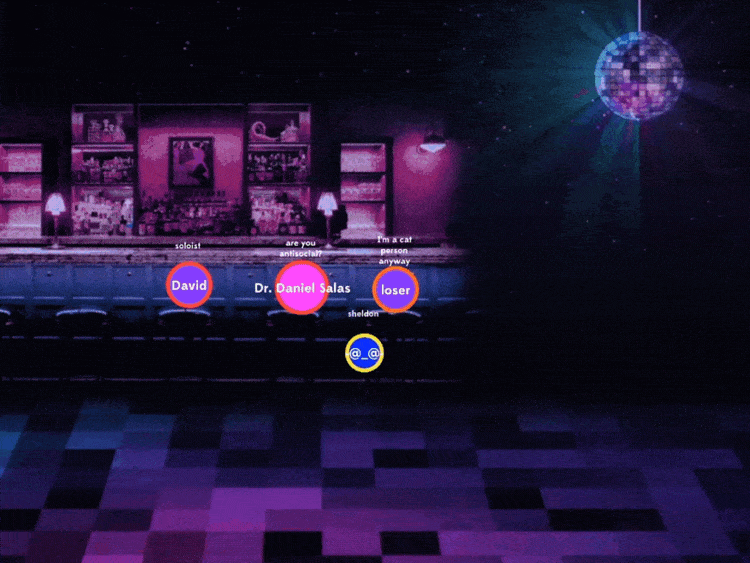
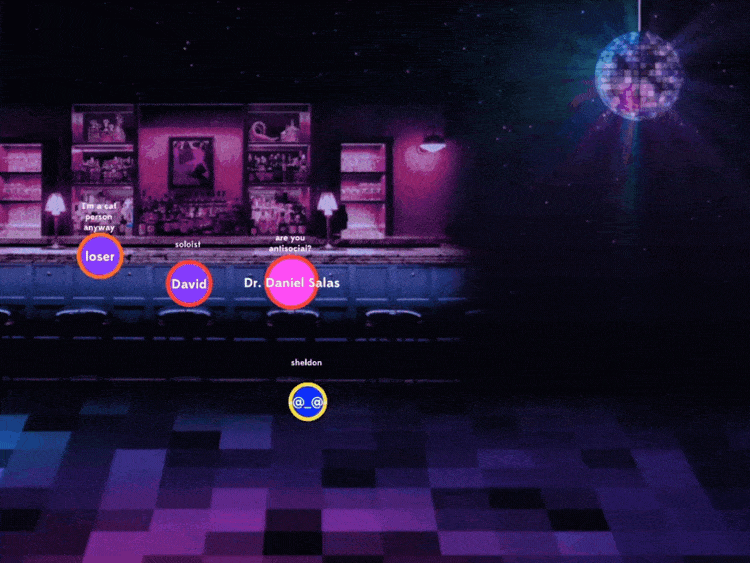

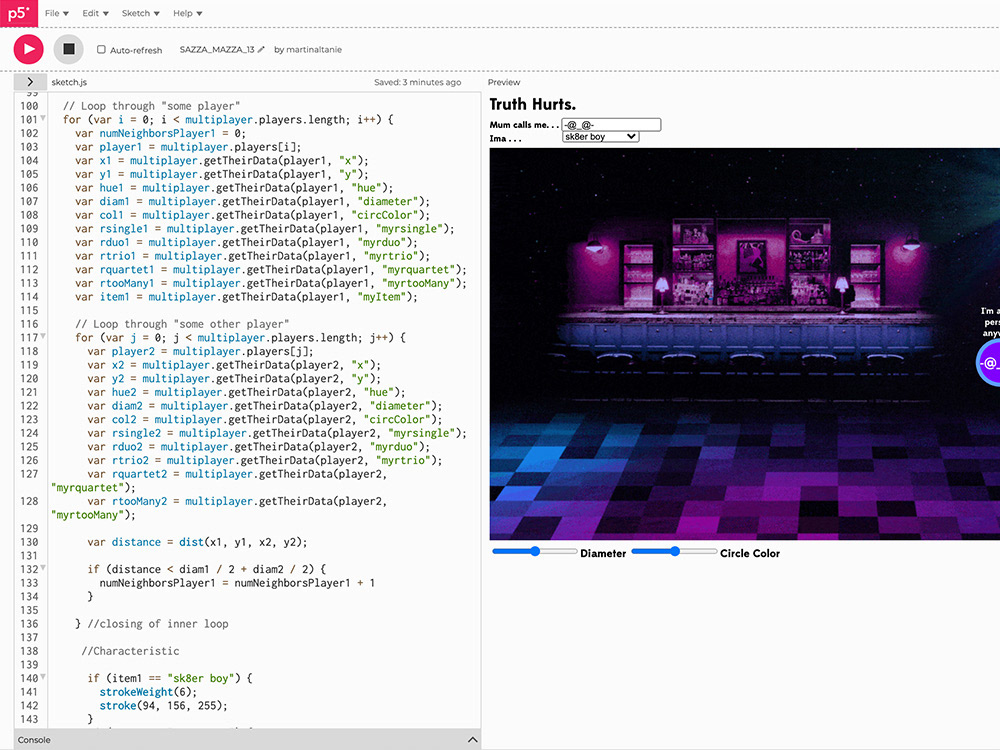
Experiment #05
Title: Blah Blah Blah
Course: Video Prototyping
Team: Elliott Wortham | Martin Altanie | Ooi Shin | Sarah Ali
Blah Blah Blah is a communication mask that helps couples who have been confined by pandemics to better communicate with one another. The mask allows them to do this by enabling them to alter each other’s tone, volume & speed of voice.
Many couples in romantic relationships experience more conflicts during stressful times like COVID-19. They often get frustrated by the tone of voice they use and how loud they are when communicating. This project explored those relationship dynamics. More specifically, the project team was interested in the following question: How might we help couples who are living together while in quarantine to not get tired and frustrated with each other?
Blah Blah Blah is a communication mask that helps couples better communicate with each other, by altering their tone, speed, and volume. The mask comes with a bracelet that allows owners to control several key features in the other partner’s mask. One feature includes re-phrasing a partner’s voice to be more diplomatic. Blah Blah Blah also allows owners to change the accent of their partner’s mask to a fun and unexpected voice. One last key feature included volume change function allowing for quiet times when it is needed most.
Blah Blah Blah is a provocative satirical concept video, the team decided early on to create a mockumentary to showcase the key features of Blah Blah Blah, which are pretty ridiculous but trying to solve real issues. The mask prototype was created using a cheap plastic paper folder and to contradict that, motion graphics were used to show the high tech functions of it.

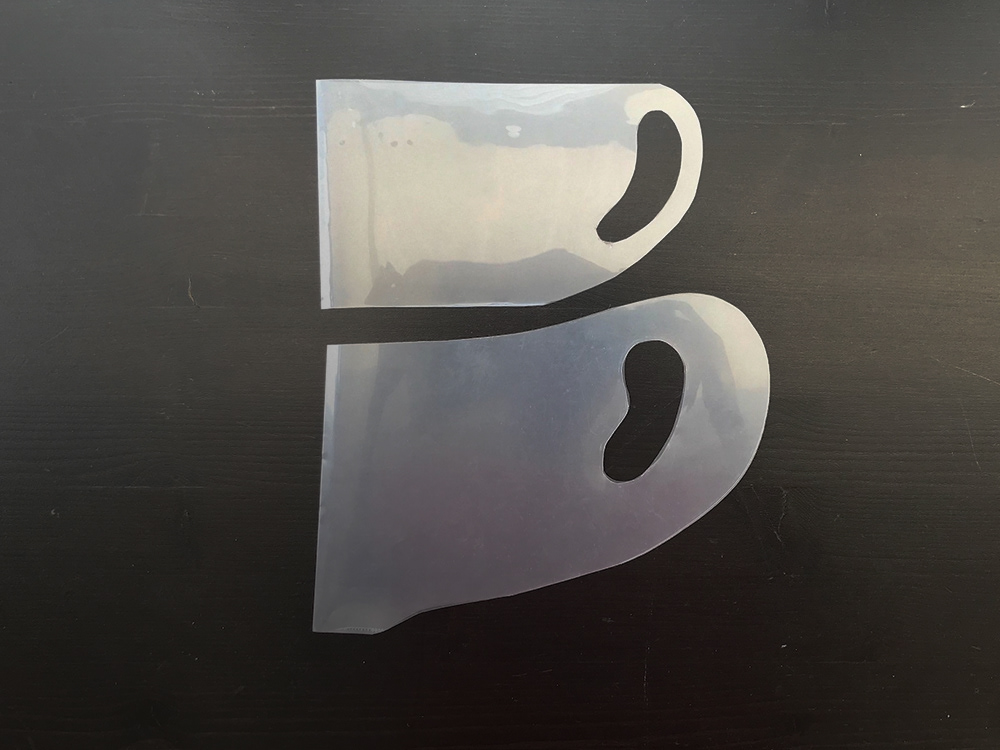


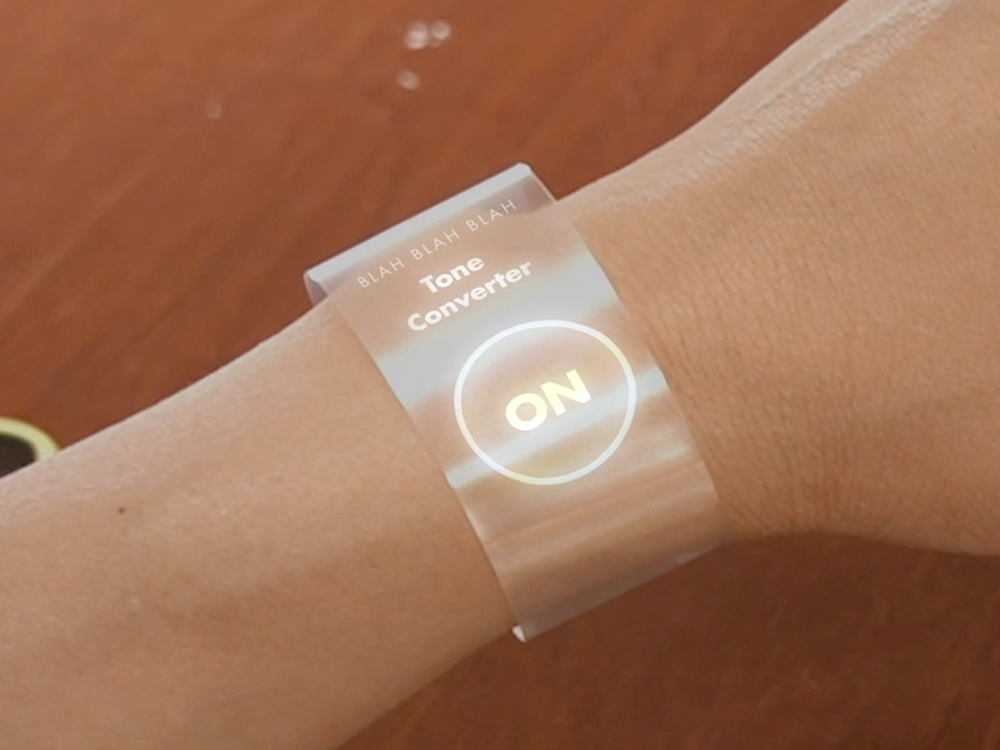



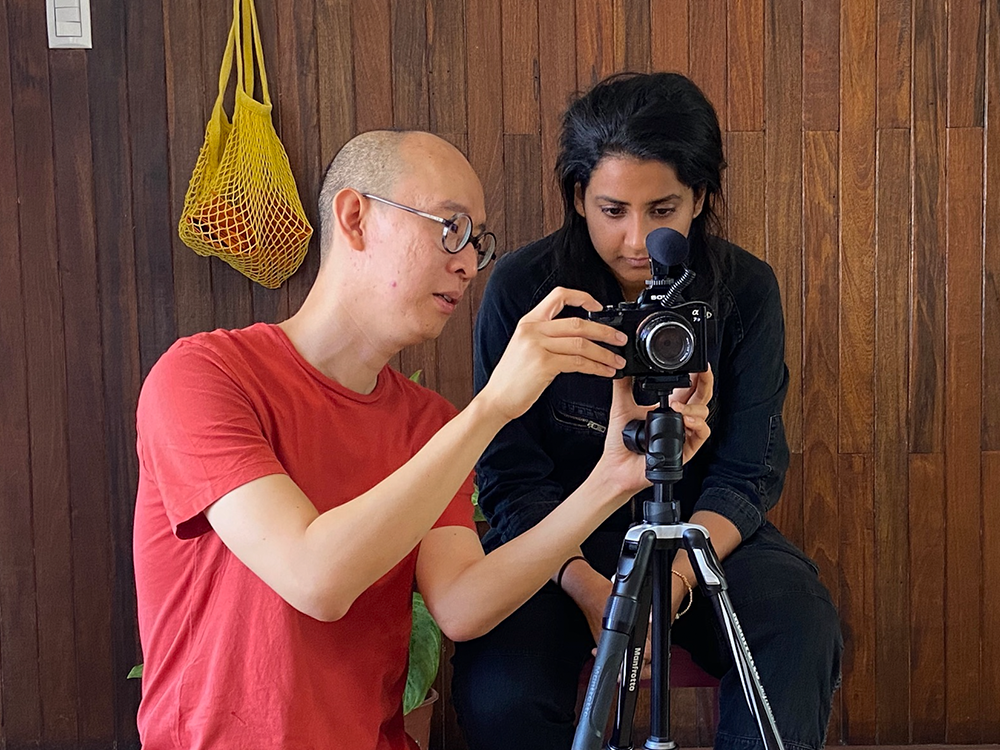

Experiment #06
Title: Blooming Connection
Course: Designing Sensing
Team: Christoff Trexler | Martin Altanie | Richard Wecker | Ooi Shin
Blooming Connection was a project exploring the coexistence between humans and pollinators in urban environments. It is designed to promote awareness to humans about the pollinators’ population decline as well as aid in a better understanding of human harmony and coexistence with nature. The wearable is designed to attract hummingbirds and other pollinators to them and act as rest areas for pollinators in large urban environments, as many pollinators are finding themselves traveling further and further to find the variety of nectar they need. Blooming Connection can sense when a pollinator is near and will produce nectar for them to feed on.
Blooming Connection is wearable and acts as a provocatype to trigger awareness to other humans about the pollinators’ situations. The person wearing Blooming Connection is also more aware of the relationship between humans and animals and acts as a bridge between flora and fauna. This strengthens the idea that communication is connection and aids in humans understanding the complex and multi-sensory communications people normally cannot perceive.
This project allowed the exploration of interspecies empathizing as Blooming Connection has the outward appearance of a flower and the wearer must also move as little as possible. These two aspects combine to put the user into the role of a plant to help the pollinators. Another learning that was gained from the project was a caveat to the phrase “form follows function”, during the exploration of the senses it was found that it was more helpful to start with a form and then use that to narrow down on the focal functions.
This project allowed the exploration of interspecies empathizing as Blooming Connection has the outward appearance of a flower and the wearer must also move as little as possible. These two aspects combine to put the user into the role of a plant to help the pollinators. Another learning that was gained from the project was a caveat to the phrase “form follows function”, during the exploration of the senses it was found that it was more helpful to start with a form and then use that to narrow down on the focal functions.
